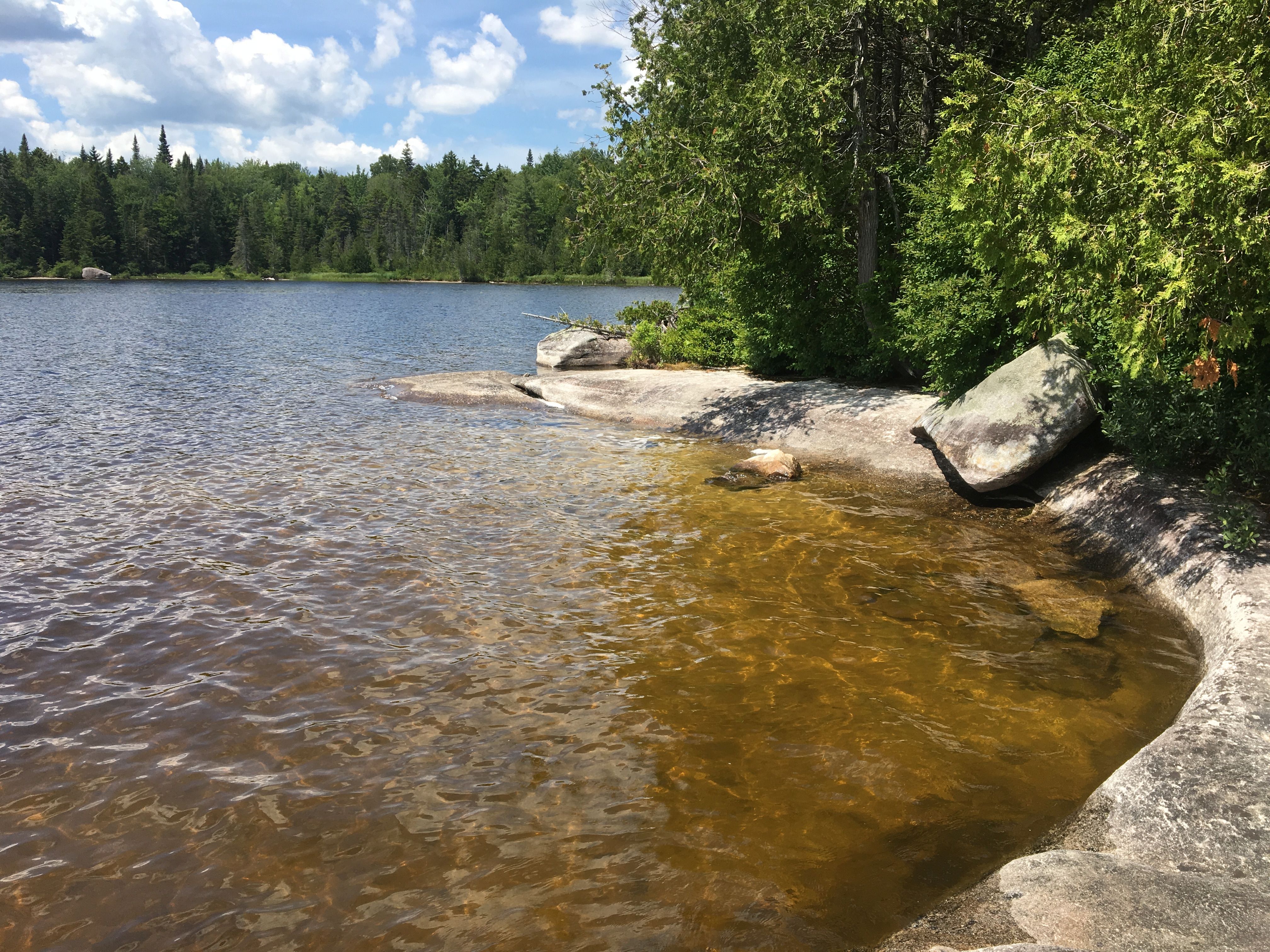Vermont’s Sentinel Lakes: Monitoring Vermont’s Changing Lakes


Vermont has over 800 inland lakes and the Vermont Lake Assessment Program has been monitoring water quality in these lakes since 1977. One focus of the program is on long term phosphorus monitoring with the goal of determining what lakes are experiencing increases in phosphorus. Increases in phosphorus loading to lakes have typically been attributed to changes in how land in the watershed is used. Therefore, on and around these lakes, DEC scientists work to identify potential sources of phosphorus pollution that should be abated, which typically requires improved land management practices to reduce stormwater runoff and nutrient loading from roads, agricultural lands, logging areas, and developed properties on the lake’s shoreline.
However, the effect climate change has on the phosphorus trends and other indicators of water quality health measured routinely by the Lakes and Ponds Management and Protection Program, such as water clarity and algal growth, is unknown. To address this gap in our understanding of Vermont lakes, the Lake Assessment Program selected a suite of climate change sentinel lakes. Thirteen lakes representing a similar proportion of lakes within each EPA 2007 National Lake Assessment size class in the state and across different trophic conditions were selected. Trophic condition is a measure of a lake’s productivity or the amount of algae and aquatic plants it supports. Typically, lakes with more productivity are those with higher nutrient levels. The four primary features of selected lakes were that they were not impaired by acid rain, have natural outlets and no artificial water level fluctuations, have conserved undeveloped shorelines and watersheds, and fall within the Northeastern Highlands Ecoregion. To be representative of all the different size classes of lakes in the state, all criteria could not be met for the two lakes (Holland Pond and Little Hosmer Pond) in the two largest size classes. Both had some development along the shore and Little Hosmer is also a natural lake with artificial control of the lake’s outlet flow, although this manipulation does not change the water level.

In 2011, comprehensive lake assessments were performed on the 13 sentinel lakes shown in Figure 1. Water chemistry, shallow water (littoral) macroinvertebrates, sediment diatoms (algae that have glass housings that preserve well in the bottom of the lakes), and crayfish were sampled as well as littoral and riparian habitat condition. Every year these lakes are sampled in the spring at turnover (when the lake is fully mixed and water chemistry is more uniform throughout the water column) as part of the long-term Spring Phosphorus monitoring program.
Due to more frequent extreme weather events in the form of drought or heavy rainfall climate change is expected to impact water levels, temperature and dissolved oxygen levels in Vermont’s lakes and ponds, continuous measurement of these parameters at five (Bald Hill Pond, High Pond in Sudbury, Holland Pond, Holland Pond, Long Pond in Greensboro, Stannard Pond) sentinel lakes will help DEC lake scientists understand the extent and duration of the changes these lakes are experiencing. This data serves as a baseline by which more disturbed lakes in the state can be compared. For instance, it will help to further our understanding of what changes in these parameters (water level, temperature, and dissolved oxygen) may be attributed to climate change as opposed to changes in land use, acid deposition or other stressors.
These lakes are part of the Regional Monitoring Network.
Explore the Sentinel Lakes


Quick Links
